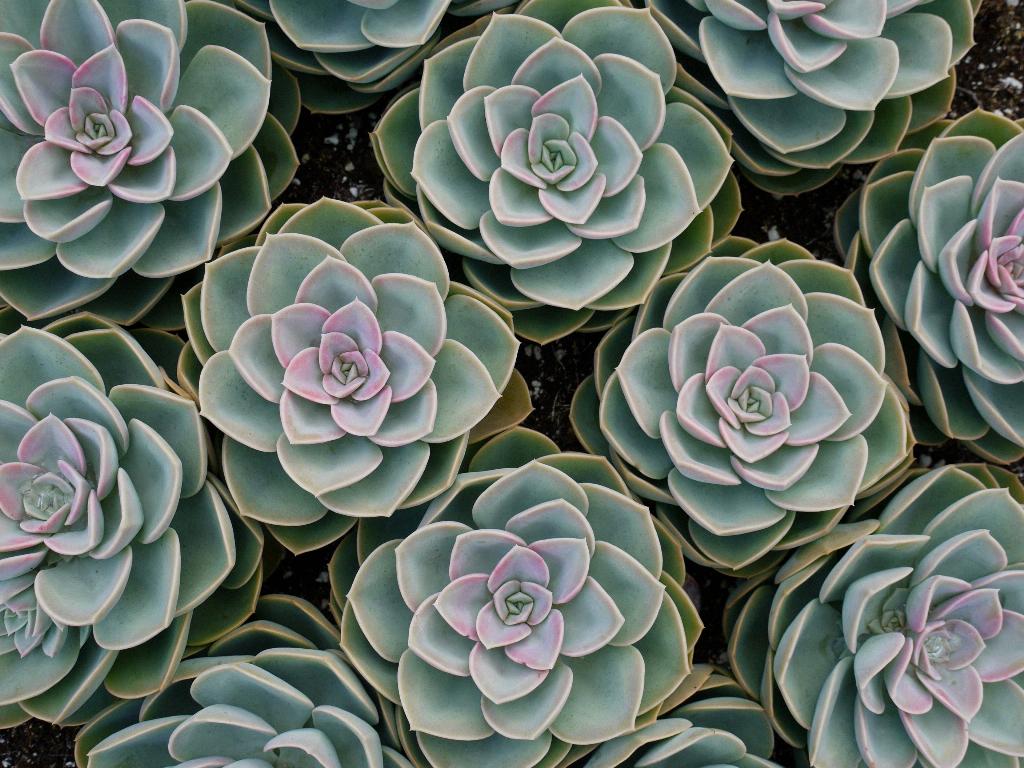If you’ve noticed that your succulent is feeling a little squishy to the touch, you might be wondering what could be causing this change in its texture. Succulents are known for their ability to store water in their leaves, stems, or roots, which is what helps them thrive in dry conditions. However, when a succulent starts to feel squishy, it is often a sign that something is amiss with its watering routine.
One common reason why your succulent may be squishy is due to overwatering. When succulents receive more water than they need, their leaves can become waterlogged, leading to a soft and squishy texture. Overwatering can cause the roots to rot, preventing the plant from absorbing essential nutrients and water effectively.
It is essential to pay attention to the signs of overwatering in your succulent. One of the first indications is a change in the color and texture of the leaves. If you notice the leaves becoming translucent, soft, and squishy, it is likely that your succulent is receiving too much water.
Unlike underwatered succulents that can recover with proper watering, overwatered succulents may drop their mushy leaves as a way to survive. This shedding of leaves is the plant’s mechanism to conserve energy and redirect resources to healthier parts of its structure.
In addition to overwatering, another factor that can contribute to your succulent feeling squishy is poor drainage. Succulents require well-draining soil to prevent water from accumulating around the roots. When water sits at the root level for an extended period, it can lead to root rot and a squishy appearance in the plant.
Proper watering practices are crucial in maintaining the health of your succulent. It is recommended to water your succulent only when the soil is completely dry. Insert your finger into the soil to test for moisture level before watering again. Allow the soil to dry out between waterings to prevent overwatering and root issues.
When you water your succulent, ensure that excess water can drain out of the pot freely. Choose pots with drainage holes at the bottom to facilitate proper drainage. This will help prevent water from pooling at the bottom, minimizing the risk of overwatering and root rot.
If you suspect that your succulent has been overwatered, it is essential to take corrective action promptly. Remove the plant from its pot and inspect the roots for any signs of rot. Trim away any damaged or rotting roots and repot the succulent in fresh, well-draining soil to encourage healthy growth.
Remember that environmental factors such as temperature, humidity levels, and sunlight can also impact the water requirements of your succulent. Ensure that your succulent is placed in a location that receives adequate sunlight and good air circulation to promote optimal growth and prevent water-related issues.
Observing your succulent’s behavior and responding to its changing needs are crucial in maintaining a thriving plant. By understanding the reasons why your succulent may be feeling squishy, you can take the necessary steps to address the issue and help your plant recover its health and vigor.
Overall, keeping a close eye on your succulent’s watering habits, providing proper drainage, and creating a suitable environment for growth can help prevent issues like overwatering and ensure that your succulent remains healthy and vibrant for years to come.

